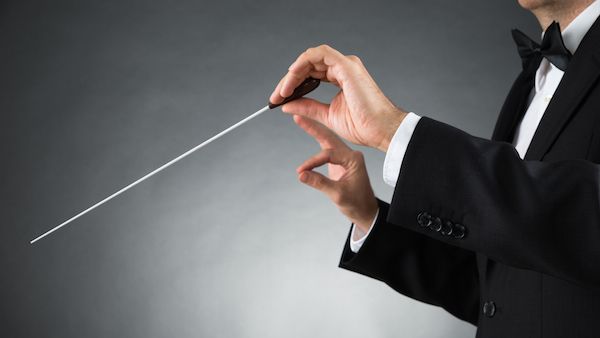If you have ever prayed The Lord’s Prayer, which Jesus taught in Luke 11:2-4, you have used a prayer pattern. The prayer Jesus taught His disciples is more than a helpful prayer to memorize and repeat; it also suggests a pattern our prayers can follow (in my book, The Red Letter Prayer Life, I explore how Jesus’ prayer helps us to pray communally, relationally, confidently, cooperatively, practically, specifically, contritely, graciously, submissively, purposefully and worshipfully).
Many people have found deep and abiding rewards in adopting a pattern to guide their praying. One such pattern forms an acrostic from the word “PRAY”:
Praise. Start with a focus on God—His attributes and actions. Praise Him for who He is and what He has done.
Repent. Search your heart. Review your recent actions. Identify any sins you have committed. Confess them, express your sorrow for them and intention to turn from them, and claim God’s forgiveness.
Ask. As Paul, the great leader in the early church, once wrote, “In every situation, by prayer and petition, with thanksgiving, present your requests to God” (Philippians 4:6, NIV).
Yield. Bask in God’s presence. Make a fresh surrender of yourself to Him. Surrender your own plans for the coming day and enlist in His agenda.
Become an OurPrayer Volunteer and Change the World One Prayer at a Time
Perhaps the most common and popular prayer pattern uses the “ACTS” acrostic:
Adoration. Focus on God. Meditate on His beauty and greatness. Praise Him for who He is and what He means to you.
Confession. As in the “PRAY” pattern, search your heart and review your actions. Pray like David, “Wash away all my iniquity and cleanse me from my sin….Create in me a pure heart, O God, and renew a steadfast spirit within me” (Psalm 51:2, 10, NIV).
Thanksgiving. Express your gratitude for all God has done, from the beauties of nature to the blessings of your present circumstances. Thank Him for answered prayer and for His promises.
Supplication. Cast all your cares on Him who cares for you (see 1 Peter 5:7). Bring to God all the concerns of the present and hopes for the future. Present to Him your needs and the needs of your family, church, community, nation and world.
One more prayer pattern is described by Daniel Henderson, in his book, Transforming Prayer: How Everything Changes When You Seek God’s Face (Bethany House Publishers). He follows a “4/4” prayer pattern, based on a musical conductor’s motions in 4/4 time:
Reverence (upward). The starting point of a prayer maestro is focusing on God and His greatness and glory and kingdom and will.
Response (downward). Like a conductor giving the downbeat, the next step is response—yielding to God, submitting to His purposes, surrendering anew to His good plans for you and those you love.
Requests (inward). A conductor leading in 4/4 time will next move his or her baton up and to the left. So the rhythm of prayer moves next to petitions for ourselves—for cleansing, healing, provision and peace.
Readiness (outward). As a conductor shifts the baton horizontally, to his or her right, our prayers then move outward, into intercession, presenting the needs of our families, friends, community, church, nation and world to God.
Reverence (upward). An upward stroke completes the 4/4 measure, returning our hearts to God and His praiseworthiness. A doxology is always a fitting conclusion to prayer, an expression of awe and wonder that focuses on God’s kingdom, power, and glory.
These are just a few examples, of course. You may want to try something different, or even come up with a pattern of your own. It is just another way to pray, after all—and a helpful structure can make your prayers both more frequent and more focused.





